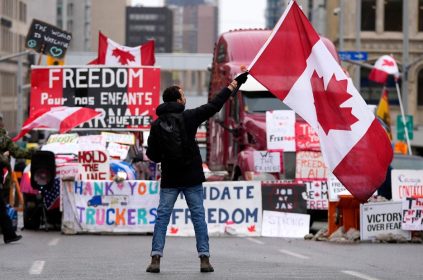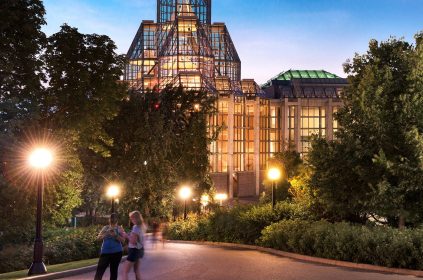By the time advanced voting opens in British Columbia next month, Jesse Marchand will already be eight months pregnant. So, instead of facing the prospect of waiting in line to cast a ballot, Marchand and her husband requested mail-in ballots last week.
“I feel like in-person voting could take much longer with physical distancing protocols in place,” said Marchand, who lives in East Vancouver.
The Marchands are two of the more than 400,000 voters who have registered for mail-in ballots in B.C. since the election was called Sept. 21.
In the last provincial election, just 6,500 people voted by mail.
A snap election called amid a resurgence in the province’s COVID-19 outbreak will undoubtedly affect how — and if — people vote next month.
With enhanced cleaning and distancing measures, as well as more polling stations, Elections BC is hoping voting in person will be as easy as picking up a take-out coffee.
But the pandemic is shaping how people vote and how parties vie for support.
Sanjay Jeram, an expert in B.C. politics at Simon Fraser University, said the province is well prepared for a shift in the ways that people vote.
“B.C. is at the forefront in North America for allowing different forms of voting,” he said. “The mail-in voting system is strong.”
But the massive shift to mail-in voting doesn’t necessarily mean many more people are going to vote, Jeram said.
Those doing it by mail are likely the people who have always voted and are just finding a new way to do it, he said.
Like Kathryn Lancashire, who said she has “always, always” voted. Switching to a mail-in ballot just seemed “easy and prudent” during the pandemic.
She and her husband live in Victoria and aren’t high-risk or vulnerable, but she wanted to do what she could to limit contact with those who are.
“I worry about the volunteers at our local voting stations who are usually elderly,” said Lancashire. “Also, historically, we’re usually in lineup for quite a long time with mostly elderly people.”
As voters adapt, parties are adjusting to new and limited options to energize their base or convince undecided voters to support them in-person or in the mail.
For smaller parties like the BC Greens who often aim to convince undecided voters or gain support from people disillusioned with the BC Liberals or NDP, in-person campaigning can mean everything.
“That’s the challenge of the Greens; they have to get people who are dissatisfied with the system, who are looking for alternatives,” said Cara Camcastle, a professor of political science at SFU. “It’s sometimes a protest vote, and they have to get to people to make them cast it.”
Time is also a major constraint, both for voters and for parties. The lengthened advanced-voting period means all parties have less time to convince voters to support their candidates before they mail in their ballots or vote in advance polls.
And voters are still dealing with the anxiety of a pandemic and skies darkened by wildfires.
“Even the Greens will have to use some [crisis] imagery and tap into those concerns,” said Camcastle. “They could have an advantage on the climate issues, but other challenges are still important.”
Jeram and Camcastle agree that while the pandemic will play a role in how people vote, it won’t necessarily mean they make a different choice at the polls.
Moira Wyton, Local Journalism Initiative Reporter, The Tyee












